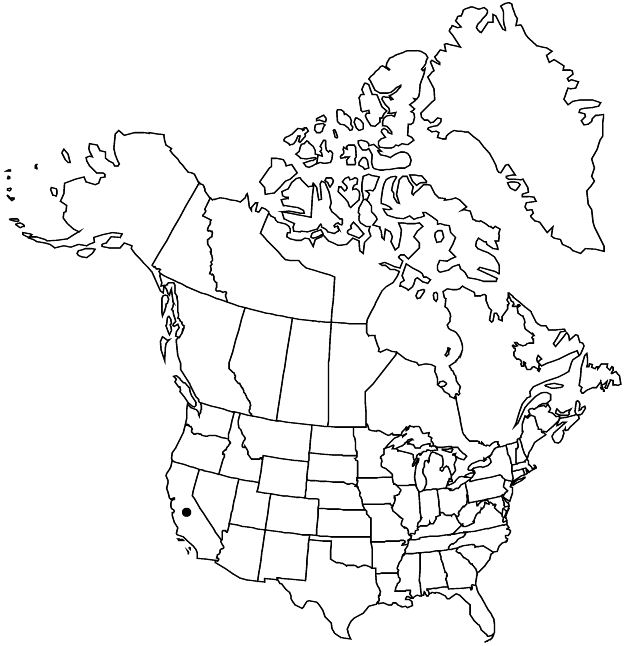Difference between revisions of "Malacothamnus aboriginum"
Leafl. Bot. Observ. Crit. 1: 208. 1906.
FNA>Volume Importer |
imported>Volume Importer |
||
| Line 61: | Line 61: | ||
|publication year=1906 | |publication year=1906 | ||
|special status=Endemic | |special status=Endemic | ||
| − | |source xml=https:// | + | |source xml=https://bibilujan@bitbucket.org/aafc-mbb/fna-data-curation.git/src/bb6b7e3a7de7d3b7888a1ad48c7fd8f5c722d8d6/coarse_grained_fna_xml/V6/V6_520.xml |
|subfamily=Malvaceae subfam. Malvoideae | |subfamily=Malvaceae subfam. Malvoideae | ||
|genus=Malacothamnus | |genus=Malacothamnus | ||
Revision as of 23:41, 27 May 2020
Subshrubs or shrubs, 2–3 m, branches ± stout, indument grayish to tawny, shaggy-tomentose, stellate hairs sessile or stalked, many-armed. Leaf blades ovate, broadly ovate, or round, 3- or 5-lobed, 4–7(–12) cm, thin or thick, surfaces: sparsely to densely grayish- to tawny-short-stellate-hairy, basal sinus open, not overlapping. Inflorescences interrupted, spicate or racemose, flower clusters sessile or subsessile, subtended by conspicuous bracts, usually densely flowered, usually 10 flowers per node; involucellar bractlets distinct or basally connate, subcordate, narrow-elliptic, or ± round, 6–15 × (1–)3–9 mm, 2/3 to exceeding calyx length. Flowers: calyx strongly plicate, angled or winged in bud, 8–17 mm, lobes subcordate, ovate, or ± round, 5–11 × 3.5–10 mm, slightly longer than broad, ca. 2 times tube length, apex abruptly acuminate, stellate-hairy, hairs many-armed; petals pale pink to rose, 1–2 cm. Mericarps 2.5–3.5 mm. 2n = 34.
Phenology: Flowering Apr–Jun, Aug–Oct.
Habitat: Chaparral
Elevation: 100–800(–1700) m
Discussion
Malacothamnus aboriginum occurs principally in the central inner Coast Ranges and in the Laguna Mountains in San Diego County. There, plants have involucellar bractlets about 1 mm wide but otherwise appear to be M. aboriginum; these have sometimes been assigned to M. densiflorus. The character of the often connate, wide involucellar bractlets is distinctive of M. aboriginum.
Selected References
None.
